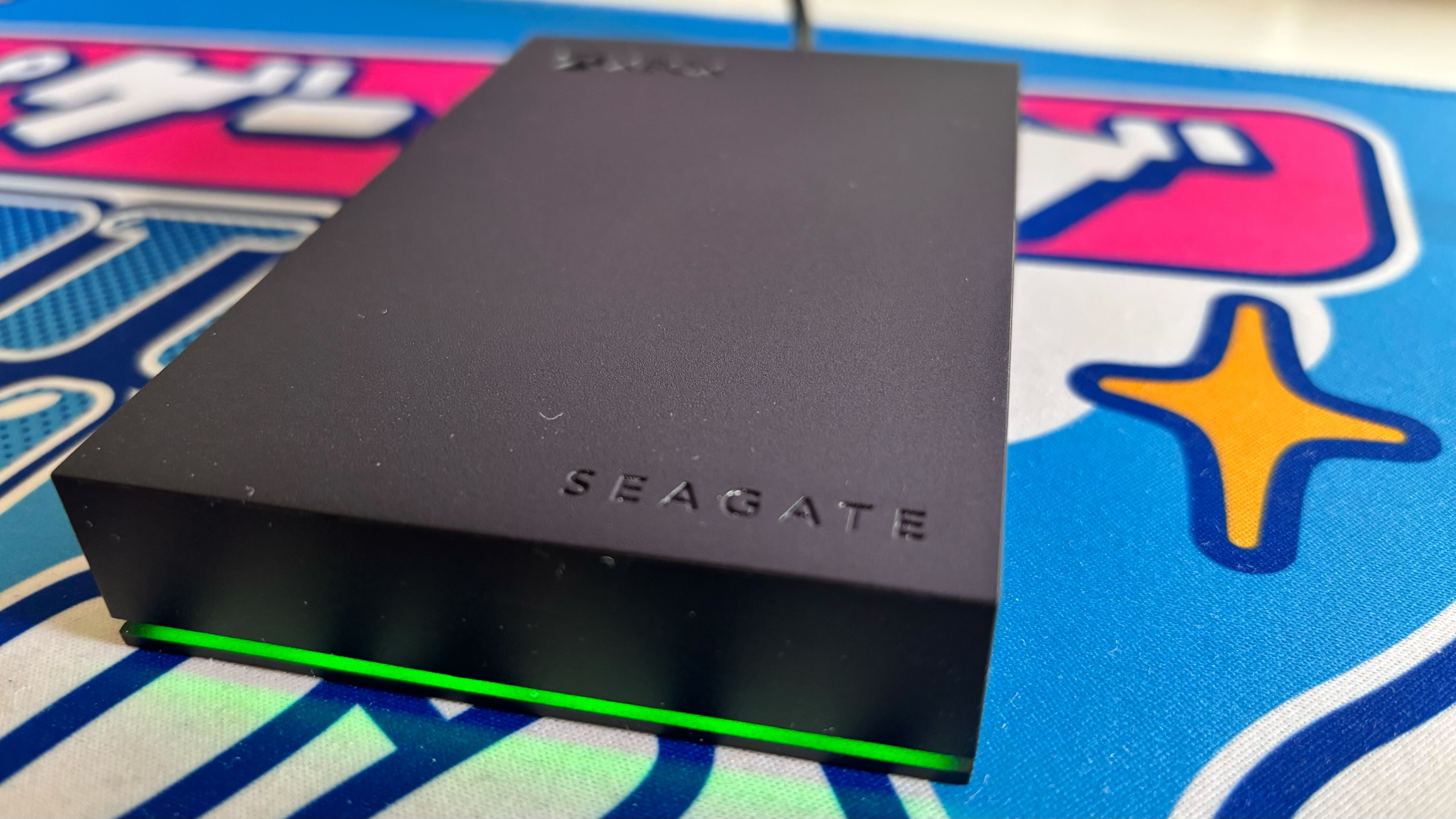Fraudsters seem to target Seagate hard drives in order to pass old, used HDDs as new ones using intricate techniques
Counterfeit Seagate hard drives flood the market, experts warn

- Seagate Exos and IronWolf Pro HDDs are prime targets for scammers
- Scammers alter QR codes and even drive serial numbers
- Toshiba and Western Digital are not as targeted as Seagate — why?
The controversy of fraudsters modifying used Seagate hard drives to appear unused despite having been powered on for thousands of hours rages on.
Exos HDDs were initially targeted, but new evidence from Heise (via ComputerBase — both originally in German) suggests IronWolf and IronWolf Pro NAS drives with capacities between 8 TB and 16 TB are now also being drawn into the scam.
Preowned units of the fastest hard drives can appear new if key data such as SMART (Self-Monitoring, Analysis, and Reporting Technology) parameters are tampered with.
How scammers manipulate hard drive data
Some of these drives have been found to have logged over 27,000 operating hours. However, users can verify a drive’s true condition using tools like smartmontools to retrieve hidden operational data.
Scammers also alter product labels and QR codes to bypass Seagate’s warranty verification system. Instead of directing users to a page displaying accurate product details, these modified QR codes redirect to Seagate’s warranty check but do not provide the serial number or storage capacity.
Another method used is serial number manipulation, wherein fraudsters take serial numbers from newer drives and attach them to old units, tricking Seagate’s system into displaying an extended warranty period.
However, this system often calculates exactly five years of warranty from their supposed production date, which is a potential red flag that worried customers can investigate.
Experts suggest that potential buyers can check certain logs - such as Self Test Logs or SATA Phy Event Counters - to determine if a drive has been previously used.
Are you a pro? Subscribe to our newsletter
Sign up to the TechRadar Pro newsletter to get all the top news, opinion, features and guidance your business needs to succeed!
Seagate has acknowledged the issue, confirming that fraudulent practices are affecting IronWolf and Exos HDDs. The company is currently investigating the matter to address these concerns.
In the meantime, buyers are advised to be cautious when purchasing Seagate hard drives from unofficial sellers and to verify product details using multiple sources before making a purchase.
So far, there have been no confirmed reports of similar scams involving Toshiba or Western Digital (WD) hard drives. This raises the question: why is Seagate the primary target?
One possible reason is that Seagate’s verification system relies on data that fraudsters find easier to manipulate; unlike Seagate, WD and Toshiba do not use the same FARM value system.
You may also like
- Here are the best mobile workstations around today
- We've rounded up the best external hard drives available now
- A GPU or a CPU with 4TB HBM-class memory? Nope, you're not dreaming, Sandisk is working on such a monstrous product

Efosa has been writing about technology for over 7 years, initially driven by curiosity but now fueled by a strong passion for the field. He holds both a Master's and a PhD in sciences, which provided him with a solid foundation in analytical thinking. Efosa developed a keen interest in technology policy, specifically exploring the intersection of privacy, security, and politics. His research delves into how technological advancements influence regulatory frameworks and societal norms, particularly concerning data protection and cybersecurity. Upon joining TechRadar Pro, in addition to privacy and technology policy, he is also focused on B2B security products. Efosa can be contacted at this email: udinmwenefosa@gmail.com
You must confirm your public display name before commenting
Please logout and then login again, you will then be prompted to enter your display name.